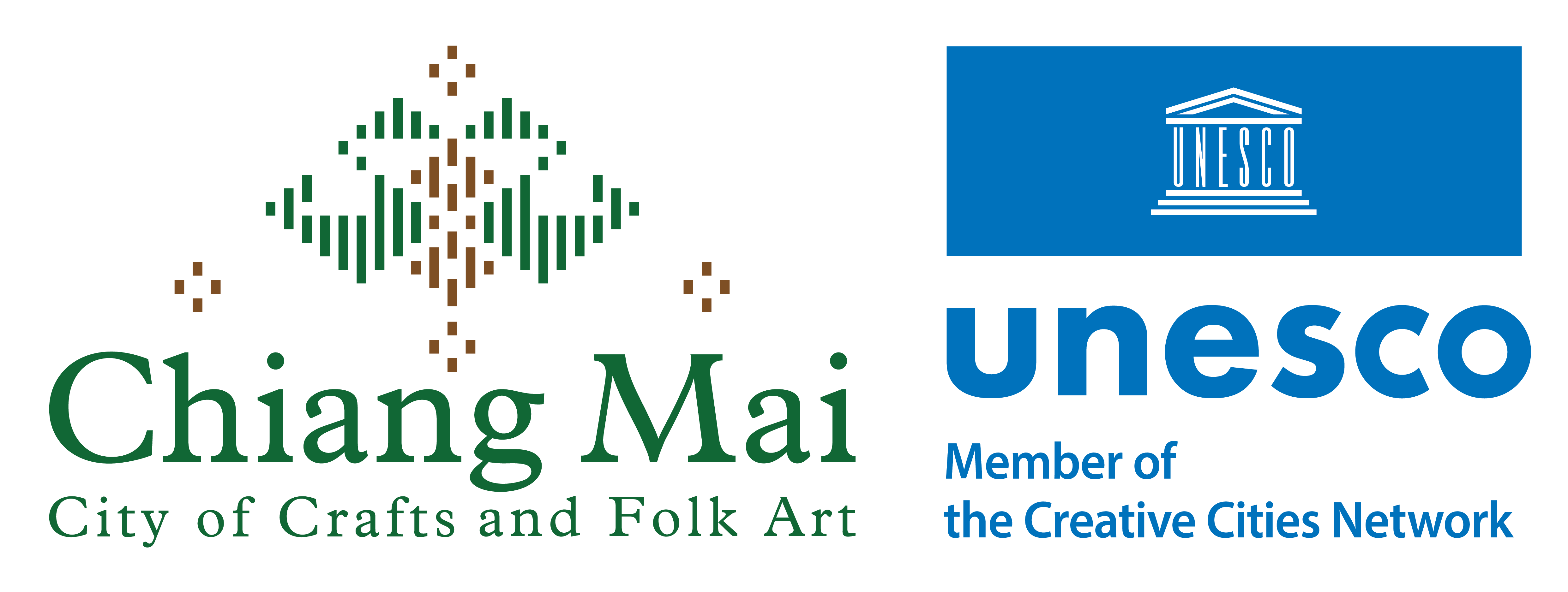Textiles

Lanna Kingdom or the upper northern part of Thailand is the area from which many types of local fabric are originated because there are many ethic people in this area. Each ethic group can weave fabric for different purposes and with certain unique features. Thus, local woven fabric of Lanna Kingdom has diversified styles, techniques and motifs in accordance with the origins and ethnic groups. This manifests the abilities, creativity and wisdom of each ethnic group. In the past almost all communities wove fabric because clothing is an important factor of a human life. Thus, Lanna women had to know how to weave fabric. Fabric woven by Lanna people can be categorized into 2 categories. The first category is the fabric for daily use. Fabric of this type is not delicate or beautiful. Examples of such fabric are wrap-around skirts that the locals wear while working or staying at home. Such fabric is generally woven from cotton in plain and simple colours or with simple motifs. The fabric that is used for making clothes worn in daily life is roughly woven cotton that is durable, and dyed with colour from natural materials such as indigo plants that are used for dyeing ‘Mo Hom’ fabric. Apart from clothing, fabric of this type is also used for making scarves, blankets and bags. Even though most fabric of this type has simple styles, some areas might weave it to have motifs and beautiful colours. The fabric in the other category is the one woven to be used in special occasions such as in important religious rites, festivals and ceremonies, which require attendants to wear fabric that is delicately beautiful. This is because not only does the fabric of this type shows the weaver’s skills that contests with others’ but it also has to concur with beliefs and traditions of people of each ethnic. In such special occasions, women, as weaving specialists, will dress themselves up with fine fabric with beautiful motifs and colours in order to show their skills. Apart from weaving the fabric for daily use, Lanna people use fabric and threads for making things that are related to their local religion, beliefs and traditions, such as to use threads and flag for making vertical flags to be used in rites and ceremonies. Sources of Woven Fabric in Chiang Mai Province Fabric and woven products, as well as the traditions that are related to the use of fabric and threads, of San Pa Tong District are unique and special because they are the mixture among the cultures of Thai Yuan, Thai Khoen and Thai Yong ethnics. However, the currently found evidences show that forms of most fabric and woven products are more similar to the culture of Thai Yuan than any other ethnic since this area used to be the original dwelling of Thai Yuan ethnic group and it is close to the central area of Chiang Mai which is the center of Thai Yuan ethnic group. Therefore, it is not surprising that certain fabric use traditions of Thai Khoen and Thai Yong ethnic groups have been changed to those of Thai Yuan. Woven products and products found in San Pa Tong District are wrap-around skirts, cleaning cloth, underlining fabric, cushions and bags. Fabric and Woven Product Group of Ban Kat Village, San Kamphaeng District, has been the a source of woven fabric since the past. Many ethnic groups, including Thai Yuan who call themselves ‘Khon Mueang’ or ‘urban people’, Thai Lue, Thai Yong and Thai Khoen in various communities in San Kamphaeng District, have expertise in weaving fabric with local weaving instruments that their ancestors used in the past. Apart from plain colours, different ethnic groups weave different motifs. All households weave cotton fabric for daily use, as clothing such as wrap around skirts, scarves and bags, daily utensils such as bed sheets and blankets, and monk robes and fabric used in religious rites such as flags and cloth to cover religious text books. Cotton plants are grown in some areas where all households spin cotton for household use. The cotton thread from this spinning is called ‘Fai Mueang’ (urban cotton).


